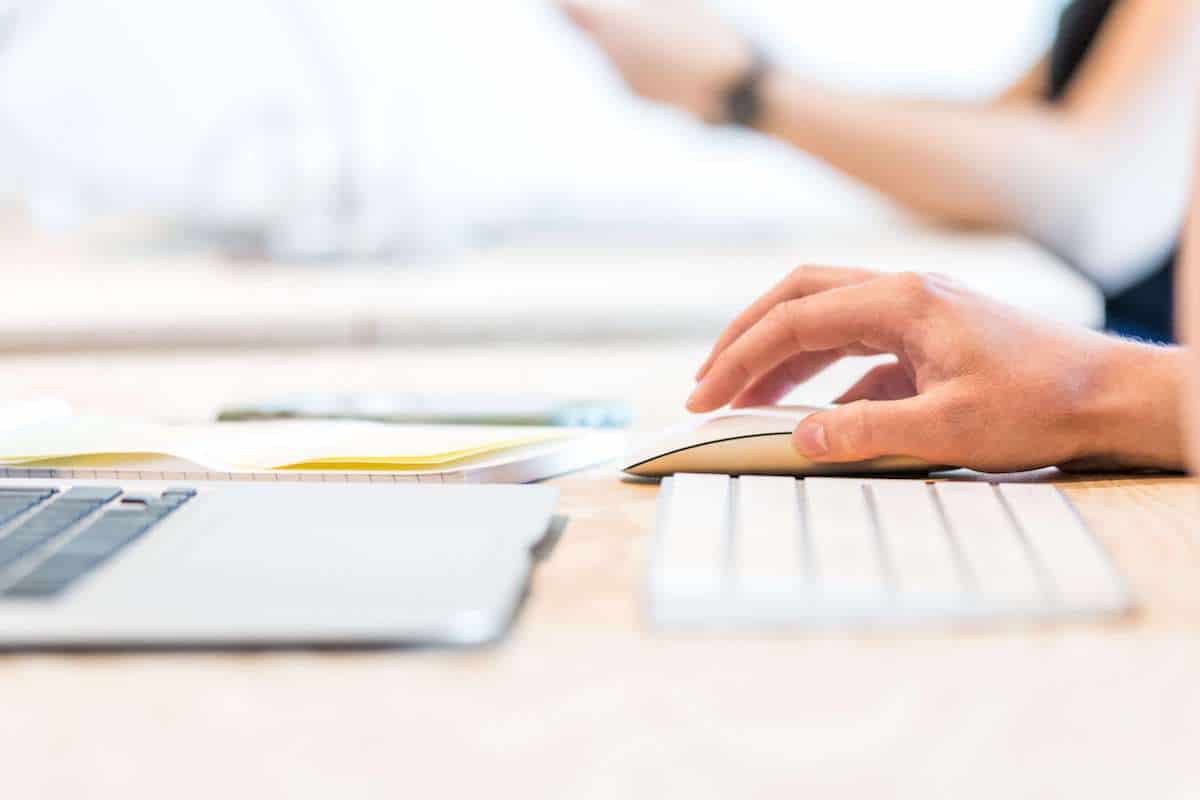
Stolen or weak passwords can lead to data breaches. So what is the best way to fend off a cybercriminal accessing your information? By enabling multi-factor authentication (MFA). Let’s talk about what that means and how you can set it up.
Multi-factor authentication prevents hackers from breaching your accounts by requiring a password AND a one-time code sent to another device. For example, if you have MFA set up in Gmail, you can expect to type in your username and password, then be prompted to key in a code sent to your mobile device.
Codes are sent immediately, so there is almost no down time and it gives you additional peace of mind that you and only you are accessing that account. Other examples of MFA include when you swipe your debit card and have to enter a pin, or when you login to an account but have to answer a security question. Strategies like these build a stronger, taller barrier between your data and a potential hacker.
Other security solutions like antivirus software, firewalls and encryption are important, but the truth is they can be bypassed without the use of multi-factor authentication.
Where to start? BARR recommends prioritizing systems that contain vital business data, but all systems could benefit from MFA. Figure out which systems may need multi-factor authentication and then research how that system recommends setting it up as each is different. Here’s an example of how to establish MFA in Gmail.
In short, multi-factor authentication allows you to breathe a sigh of relief knowing you’ve taken an important security step to protect company and client information.
Contact us if you have any questions about MFA or other cybersecurity best practices.